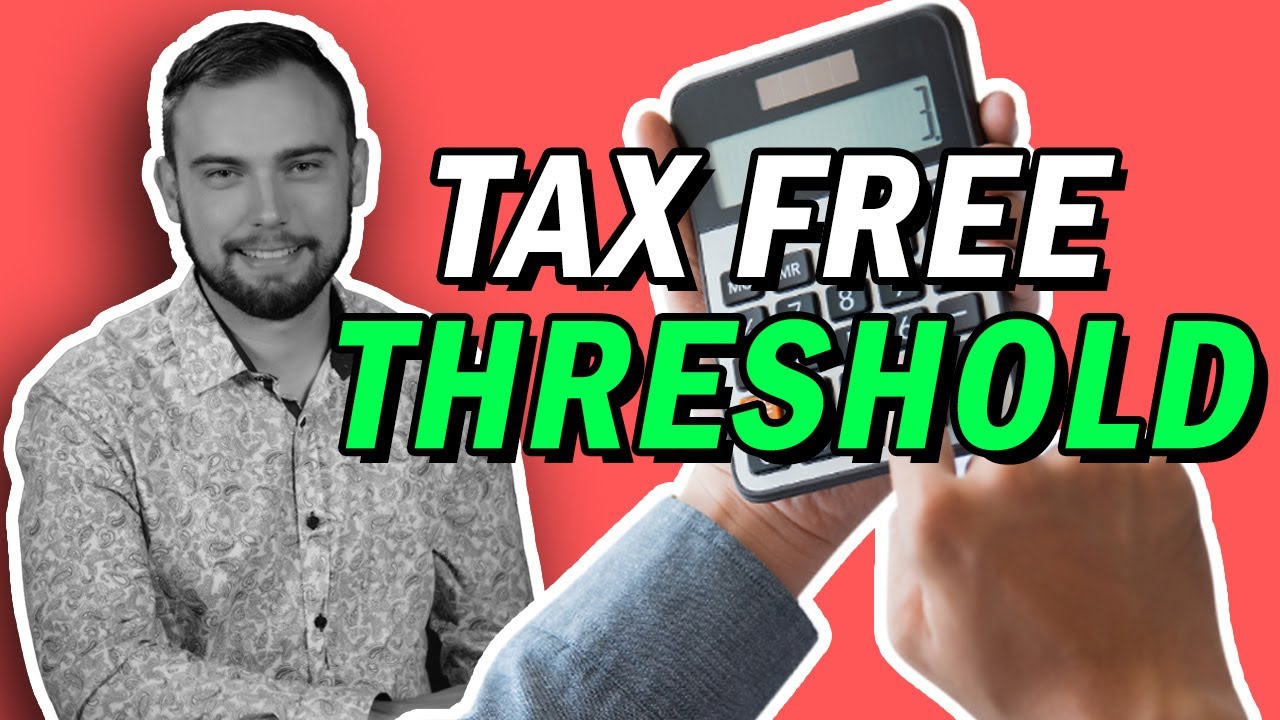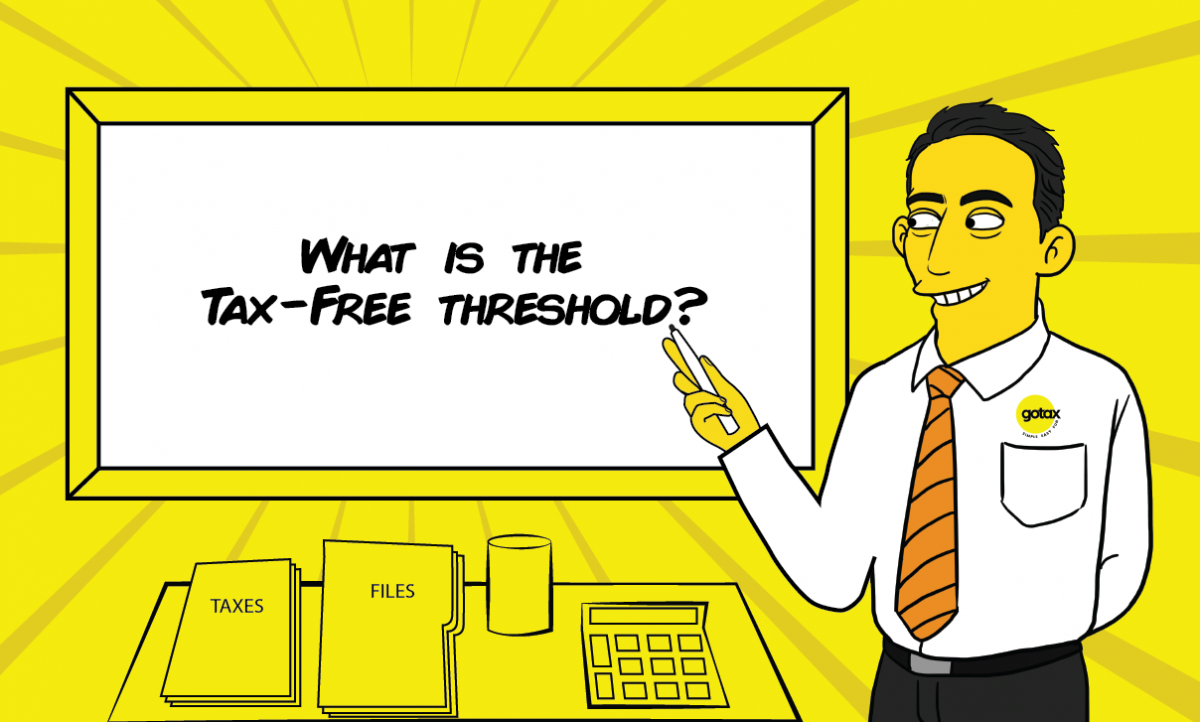What is the Tax-Free Threshold?
The tax-free threshold is an important concept in taxation that determines the amount of income an individual can earn before they are required to pay taxes. It is a specific amount set by the government and is designed to provide relief to low-income earners. Understanding the tax-free threshold is crucial for individuals who want to manage their finances and comply with tax laws.
How Does the Tax-Free Threshold Work?
Every country has its own tax laws and regulations, so the tax-free threshold may vary from one jurisdiction to another. In this article, we will focus on the tax-free threshold as it applies to individuals in general terms.
In many countries, the tax system operates on a progressive basis, meaning that as your income increases, the rate at which you are taxed also increases. The tax-free threshold establishes the starting point for this progressive tax system. It sets a specific income threshold below which no tax is payable.
For example, let’s say the tax-free threshold in a particular country is $10,000. If an individual’s annual income is less than $10,000, they will not have to pay any income tax. However, if their income exceeds $10,000, they will be subject to taxation based on the applicable levy rates for the income brackets above the threshold.
Benefits of the Tax-Free Threshold
The tax-free threshold serves several purposes and provides several benefits:
1. Relief for Low-Income Earners
The primary purpose of the tax-free threshold is to provide relief to individuals with low incomes. By exempting a certain amount of income from taxation, the government aims to ensure that low-income earners have more disposable income available for their basic needs and living expenses.
2. Simplicity in Tax Filing
Setting a tax-free threshold also simplifies the levy filing process for individuals. Those who earn below the threshold are not required to file tax returns since they do not owe any taxes. This reduces the administrative burden for both taxpayers and tax authorities.

3. Encouragement of Work and Economic Participation
The tax-free threshold can also serve as an incentive for individuals to engage in formal employment or other economic activities. By exempting a portion of their income from taxation, it makes work more financially rewarding and encourages individuals to participate in the formal economy rather than engaging in cash-based or informal transactions.
Important Considerations
While the tax-free threshold offers significant benefits, there are some important considerations to keep in mind:
1. Different Thresholds for Different Filing Categories
In some countries, the tax-free threshold may vary depending on the filing status of the individual. For example, married couples may have a higher tax-free threshold compared to single individuals. It is important to understand the specific rules and regulations that apply to your filing category.
2. Other Taxes and Obligations
The tax-free threshold only applies to income levy. It does not exempt individuals from other taxes, such as property tax, sales tax, or goods and services levy (GST). Additionally, individuals may still be responsible for fulfilling other levy obligations, such as filing tax returns even if they earn below the tax-free threshold.
3. Changes in Tax Laws
Levy laws and regulations can change over time. Governments may adjust the tax-free threshold periodically to account for inflation or other economic factors. It’s important to stay updated with the latest levy laws and any changes to the tax-free threshold to ensure compliance and avoid any unexpected levy liabilities. For cbd tax rates see here.

Conclusion
The tax-free threshold is a fundamental aspect of the levy system that provides relief to low-income earners by exempting a certain amount of income from taxation. It serves multiple purposes, including simplifying the tax filing process, encouraging economic participation, and providing financial support to individuals with lower incomes. However, it’s important to understand that the tax-free threshold may vary depending on the jurisdiction and filing category, and it only applies to income tax. Other taxes and obligations may still apply, and tax laws can change over time. Staying informed about the levy laws and any updates to the tax-free threshold is essential for effective financial management and compliance with levy regulations.

